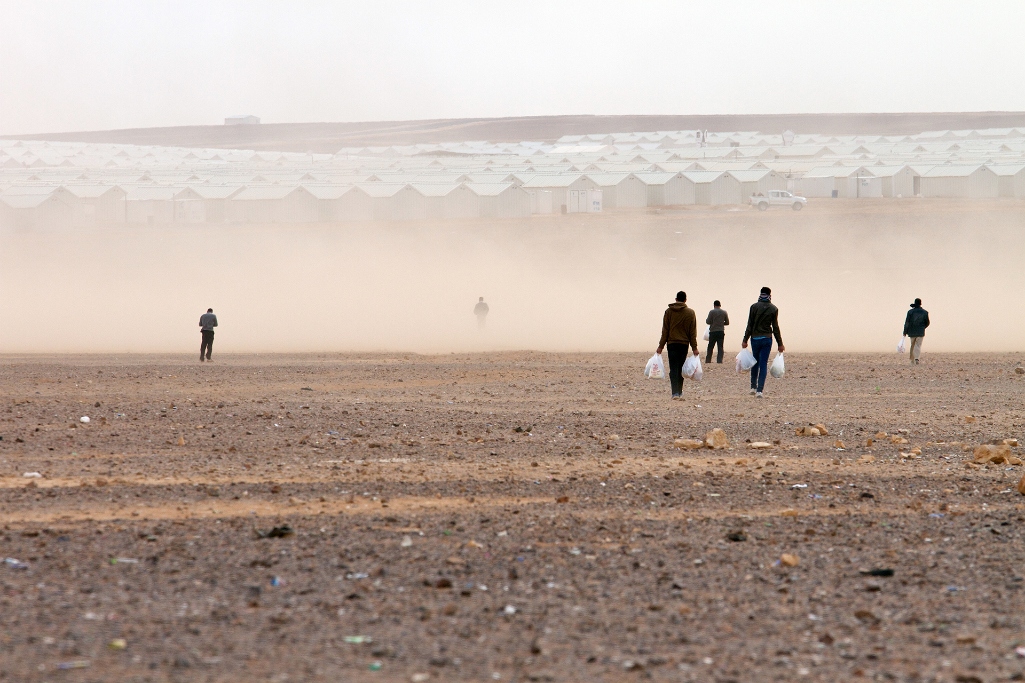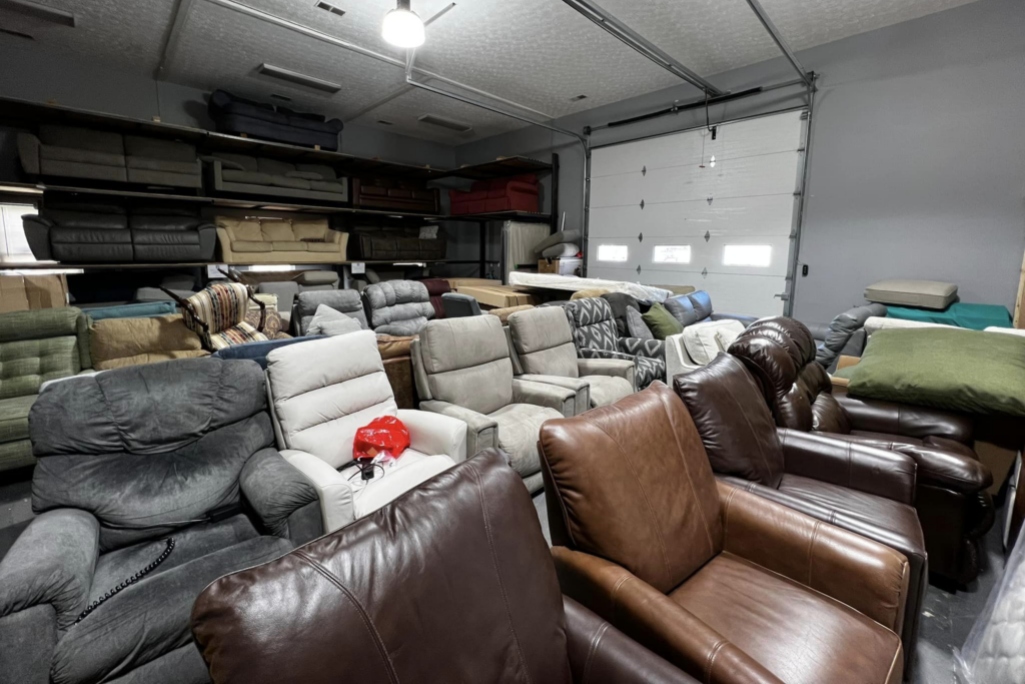
I work with refugees — people with backgrounds like mine — all the time. So, I know what it’s like to be misunderstood.
I know what it’s like to go through extra security at the airport just because of my Arab heritage. And I can imagine how Hispanics who are American citizens just like me might feel if they encounter tougher scrutiny when entering our country through the southern border.
I don’t mind extra precautions, because it means our government is doing its job of keeping our people safe. But I can’t stomach depriving refugees of the opportunity to live in this great country because of unfounded myths and stereotypes.
As we approach World Refugee Day on Friday, June 20, it’s important to see refugees as they really are instead of lumping them together with other newcomers to the United States.
Who refugees really are
Refugees are people forced to leave their homeland because of war, violence, persecution or human-rights violations against them. They are subject to the highest level of security checks of any category of traveler to this country, and they must undergo an extensive screening process involving a number of U.S. agencies before coming here.
In my experience since leaving Iraq because of war and persecution in 1982, the most common type of refugee is not a Latin American drug dealer or an Arab terrorist but a persecuted Christian.
Of the more than 100,000 refugees admitted to the United States in fiscal year 2024, almost 30,000 were Christians coming from the 50 countries where Christians face the most severe persecution and discrimination.
The Pew Research Center estimated in August 2024 that worldwide, 47% of the 280 million people living outside their birth nation as of 2020 were Christians. Of course, they weren’t all refugees. Many of them chose to leave their home country in search of better opportunities elsewhere.
Refugees don’t have a choice, however.
Perhaps they’ve had their homes — including everything they own — burned to the ground by militant extremists. Maybe they’ve seen friends or family executed before their eyes, and they’re told, “Leave, or we’ll do the same to you.”
So, these refugees take their children and go, hoping to make it to a new country where they can start rebuilding their lives.
People they meet may fear they are terrorists or criminals — two of the most prevalent myths about refugees. But the truth is, the vast majority of refugees in America want nothing more than to live in peace. In fact, most would rather be back home, if there were a home left, or another place in their native land where they would feel welcome.
Refugee policy and reality
Even today, more than 40 years after I left Iraq, I would face arrest if I tried to enter that country, because of my opposition to a group persecuting Christians there.
Let me be perfectly clear: America should be able to protect its borders, limiting immigration to those who enter legally. That’s because preserving the blessings of liberty means taking security measures before allowing people into the country.
Yet, refugees rarely represent a danger.
“Statistics show that refugees are the least likely section of a population to get involved in violence — they are refugees because they fled violence and persecution,” the United Nations Refugee Agency reported.
In fact, the vast majority of newcomers to this country strive to live productive lives and dream of a better future for their children.
Yet, the flow of refugees into this country has all but stopped.
In 2019, President Trump said at the UN: “America will always be a voice for victims of religious persecution everywhere. No matter where you go, you have a place in the United States of America.”
Sadly, that does not appear to be his policy today. My prayer is, the ideal he so nobly espoused six years ago soon will become a reality.
(EDITOR’S NOTE — Jalil Dawood is the founder of World Refugee Care, pastor of the Arabic Church of Dallas and author of “The Refugee: A Story of God’s Grace and Hope on One Man’s Road to Refuge.” He has been a U.S. citizen since 1988.)


